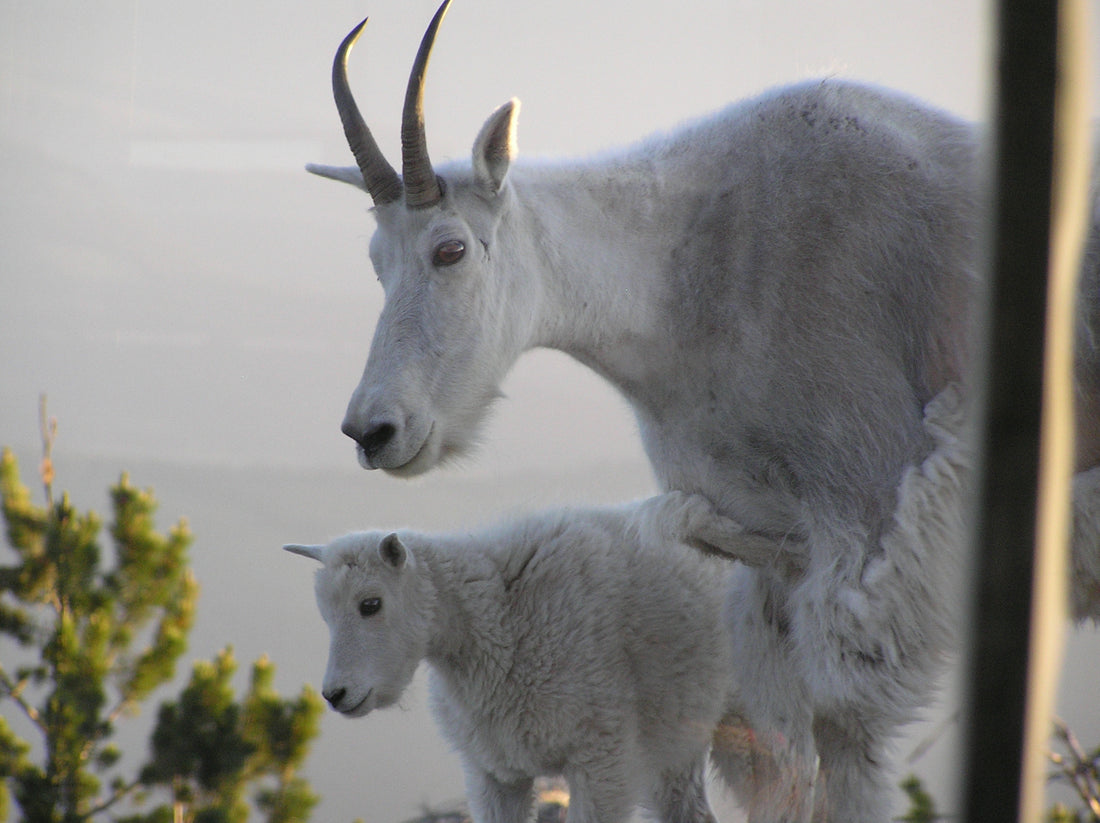Mountain goat conservation is an essential aspect of preserving biodiversity in high-altitude ecosystems. These majestic animals, found in North America, are well-adapted to their environment, with thick fur, nimble hooves, and the ability to climb steep and rocky terrain. However, mountain goats are facing numerous threats, including habitat loss, climate change, and hunting. In this article, we will explore the importance of mountain goat conservation and what we can do to protect these remarkable creatures.

Why Mountain Goat Conservation is Important?
Mountain goats play a crucial role in maintaining ecosystem balance in high-altitude regions. They are herbivores and graze on a variety of plants, including lichens and shrubs, that grow in rocky terrain, which other herbivores cannot access. This unique feeding behavior helps maintain biodiversity in high-altitude ecosystems by preventing the overgrowth of certain plant species.
Mountain goats are also an important part of the food chain, providing food for predators like wolves, bears, and cougars. Their presence helps support a diverse range of wildlife species, contributing to the overall health of the ecosystem.
Threats to Mountain Goats
Mountain goats are facing numerous threats, both natural and human-caused. One of the primary challenges that mountain goats face is habitat loss. As human activities continue to expand into mountainous regions, the natural habitat of these animals is shrinking. This makes it challenging for mountain goats to find enough food and shelter, which can negatively impact their overall health and population.
Climate change is also a significant threat to mountain goats. Rising temperatures are causing changes in vegetation patterns, making it difficult for these animals to find the food they need to survive. Additionally, warmer temperatures are causing snowmelt to occur earlier in the year, leading to a decrease in water availability for mountain goats.
Hunting is another threat to mountain goat populations. While hunting mountain goats is legal in some regions, it can impact the overall population and genetic diversity of these animals, leading to long-term impacts on the ecosystem.
What Can We Do to Protect Mountain Goats?
Protecting mountain goats requires a collaborative effort between government agencies, conservation organizations, and individuals. One of the primary ways to protect mountain goats is by conserving their habitat. This involves limiting human activities in mountainous regions, reducing habitat fragmentation, and protecting critical areas like feeding and breeding grounds.
Conservation efforts can also include translocation programs, where mountain goats are moved to areas with more suitable habitat or areas where populations have declined. This helps ensure the long-term survival of these animals.
Finally, it's crucial to raise awareness about the importance of mountain goat conservation. This can involve educating the public about the threats facing these animals, and encouraging people to reduce their impact on the environment by practicing responsible hiking and camping, avoiding littering, and reducing their carbon footprint.
Conclusion
Mountain goat conservation is essential for maintaining biodiversity in high-altitude ecosystems. These animals play a crucial role in the food chain and help prevent the overgrowth of certain plant species. However, they are facing numerous threats, including habitat loss, climate change, and hunting. Protecting mountain goats requires a collaborative effort between government agencies, conservation organizations, and individuals. By conserving their habitat, engaging in translocation programs, and raising awareness about the importance of conservation, we can ensure the long-term survival of these remarkable animals.

